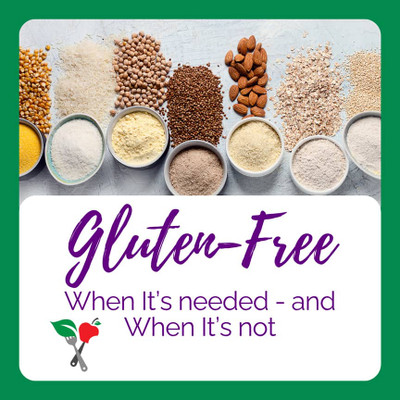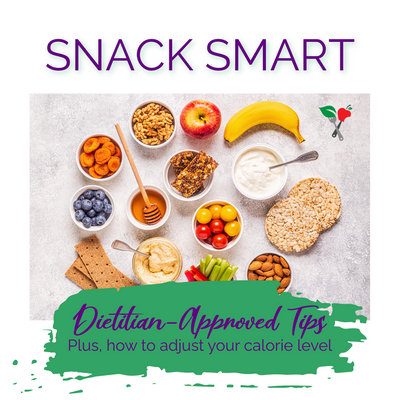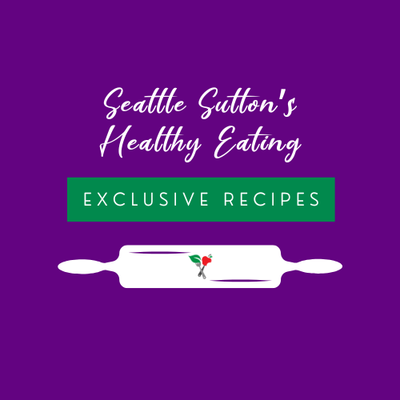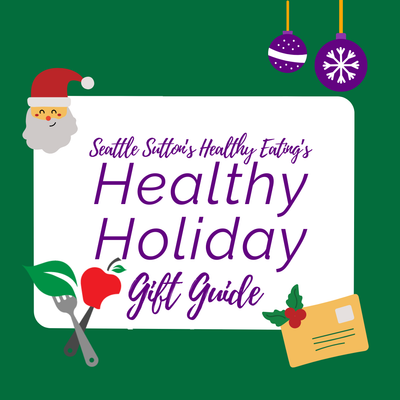How To Reduce Your Risk For Osteoporosis
Osteoporosis is considered a silent disease, with many people being unaware they have osteoporosis until they break a bone. Weakened bones and increased fracture risk occurs more often in adults over the age of 50. Often there are no signs of osteoporosis but shrinking in height or developing a curved spine are signs some people may notice.
According to the National Osteoporosis Foundation, 50% of women and 25% of men will experience a fracture due to osteoporosis. When you are young, following a healthy diet with regular exercise can help reduce your risk for osteoporosis but these steps continue to be important as we age. Nutrients from the food we eat are cornerstone for healthy, strong bones. In particular, calcium, vitamin D, vitamin K, potassium, and magnesium.
Did you know that bones store more than 99% of the calcium in our body? Men should get 1,000 mg of calcium and women 1200 mg of calcium per day. Foods to focus on include low-fat or fat-free milk, yogurt or cheese, calcium-fortified plant-based milks, soybeans and calcium-fortified tofu, and dark, green leafy vegetables.
Reading the Nutrition Facts label makes it easy to determine how much calcium is in a product. If a label reads 30% daily value of calcium that translates to 300 mg, 20% equals 200 mg, and 10% equals 100 mg.
Vitamin D is important because it helps bones absorb calcium. Our body can get vitamin D from 3 different sources: sunlight, diet, and supplements. There are only a few foods that naturally contain vitamin D including fatty fish, mushrooms, egg yolks. Many products are fortified with vitamin D such as milk, orange juice, and plant-based milks.
Exercise is just as important to bone health as your nutrition. Weight-bearing exercise and resistance training strengthen your bones. It is recommended to reach at least 150 minutes of physical activity per week.

Interested in eating healthy? Hungry for more?








 Weight Loss
Weight Loss Health & Wellness
Health & Wellness Diabetes
Diabetes Heart Health
Heart Health Motherhood & Family
Motherhood & Family Dietary Restriction
Dietary Restriction Other Health Conditions
Other Health Conditions About SSHE
About SSHE


